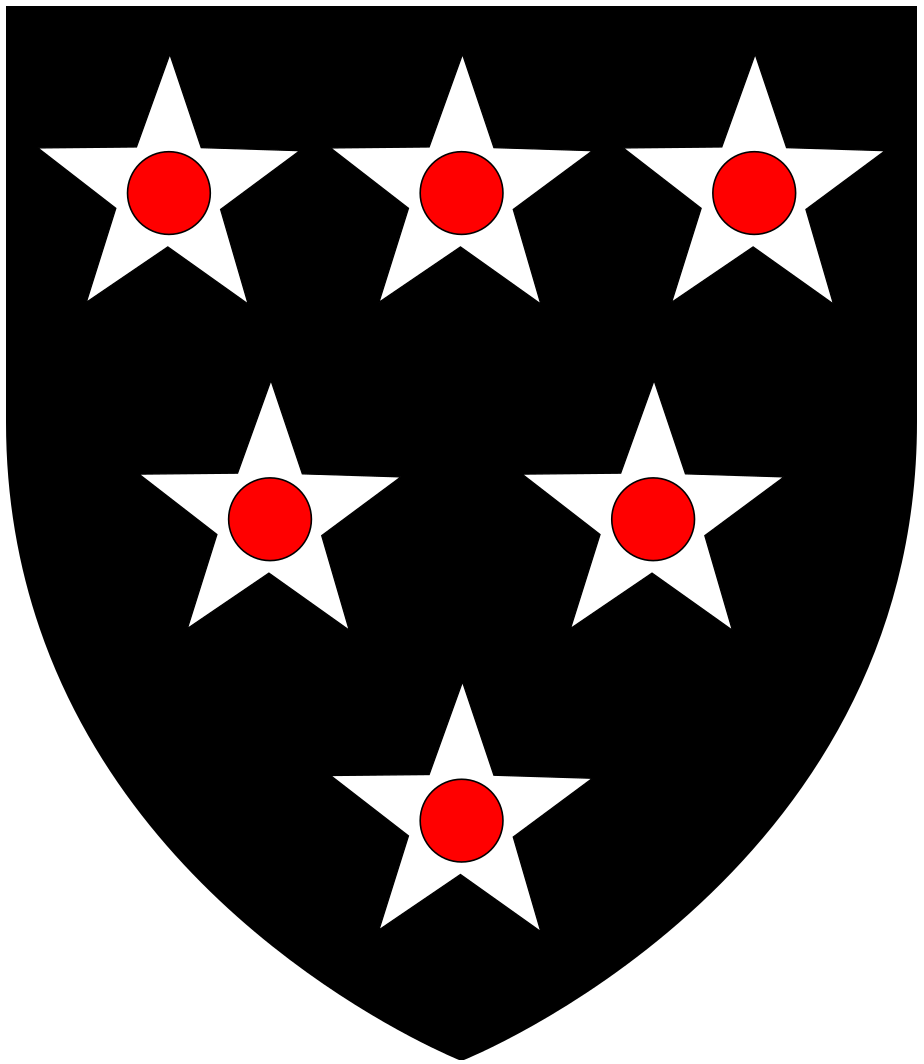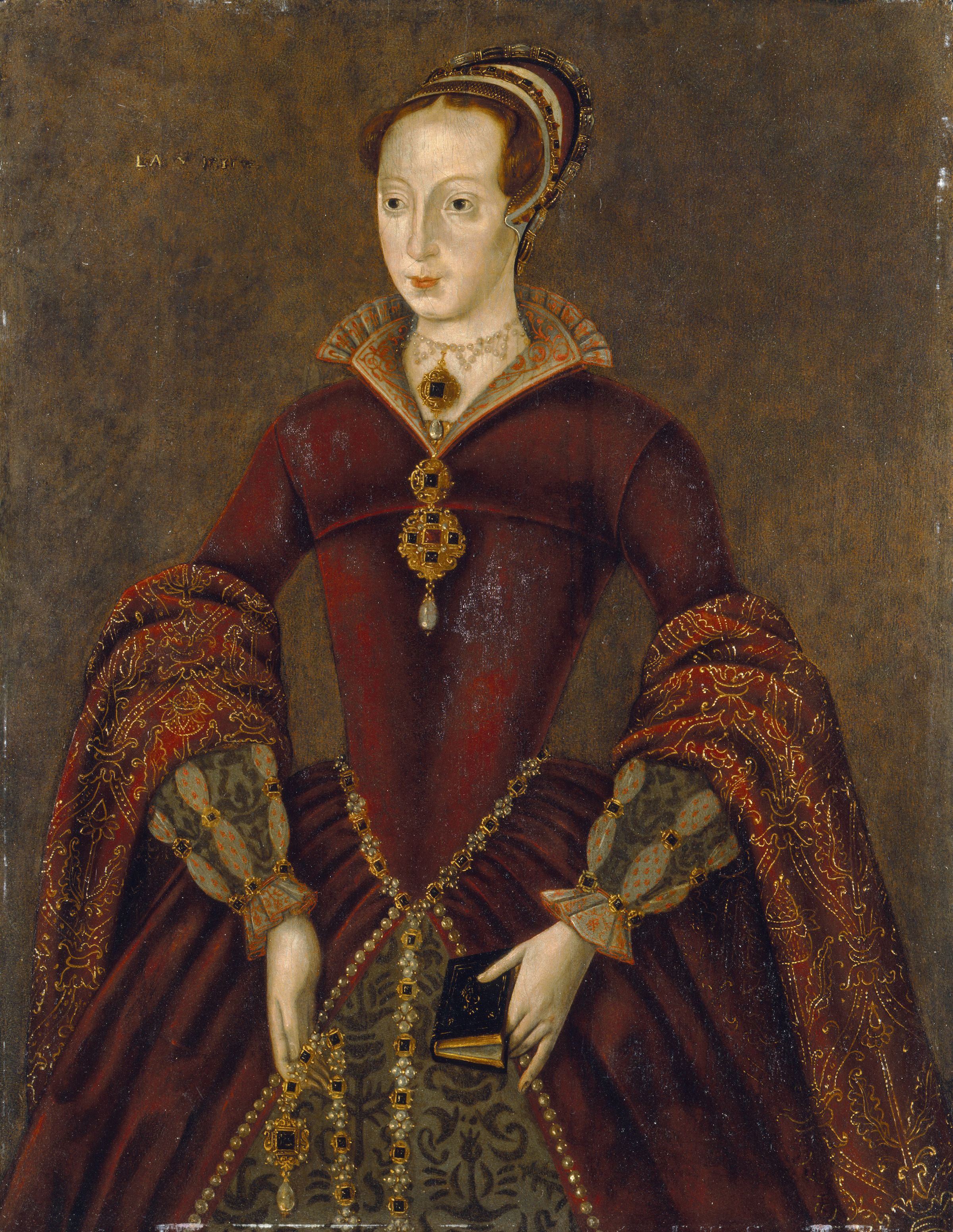|
Baron Harington
Baron Harington, of Aldingham, was a title in the Peerage of England. On 30 December 1324 John Harington was summoned to parliament. On the death of the 5th baron in 1458, the barony was inherited by the heir to the Baron Bonville, barony of Bonville, with which title it merged in 1461, until both baronies were forfeited in 1554. Barons Harington (1324) *John Harington, 1st Baron Harington (d. 1347) *John Harington, 2nd Baron Harington (1328–1363) *Robert Harington, 3rd Baron Harington (1356–1406) *John Harington, 4th Baron Harington (1384–1418) *William Harington, 5th Baron Harington (c.1394–1458) *William Bonville, 6th Baron Harington (1442–1460) *Cecily Bonville, Cecily Grey, 2nd Baroness Bonville, 7th Baroness Harington (c.30 June 1460– 12 May 1529) *For Further Barons see Baron Bonville and Marquess of Dorset. References [...More Info...] [...Related Items...] OR: [Wikipedia] [Google] [Baidu] |
Peerage Of England
The Peerage of England comprises all peerages created in the Kingdom of England before the Act of Union in 1707. In that year, the Peerages of England and Scotland were replaced by one Peerage of Great Britain. There are five peerages in the United Kingdom in total. English Peeresses obtained their first seats in the House of Lords under the Peerage Act 1963 from which date until the passage of the House of Lords Act 1999 all Peers of England could sit in the House of Lords. The ranks of the English peerage are, in descending order, duke, marquess, earl, viscount, and baron. While most newer English peerages descend only in the male line, many of the older ones (particularly older baronies) can descend through females. Such peerages follow the old English inheritance law of moieties so all daughters (or granddaughters through the same root) stand as co-heirs, so some such titles are in such a state of abeyance between these. Baronets, while holders of hereditary title ... [...More Info...] [...Related Items...] OR: [Wikipedia] [Google] [Baidu] |
Baron Bonville
The title of Baron Bonville was created once in the Peerage of England. On 10 March 1449, Sir William Bonville II was summoned to Parliament. On his death in 1461, the barony was inherited by his great-granddaughter Cecily Bonville, who two months before succeeded as Baroness Harington, with which title the barony merged until 1554, when both baronies were forfeited. From her death in 1529 to the forfeiture in 1554, the baronies were merged with the title of Marquess of Dorset. Barons Bonville *William Bonville, 1st Baron Bonville (1392–1461) * Cecily Bonville, 2nd Baroness Bonville, 7th Baroness Harington (1460–1529) * Thomas Grey, 2nd Marquess of Dorset, 3rd Baron Bonville, 8th Baron Harington, 8th Baron Ferrers of Groby (1477–1530) * Henry Grey, 1st Duke of Suffolk, 3rd Marquess of Dorset, 4th Baron Bonville, 9th Baron Harington, 9th Baron Ferrers of Groby (1517–1554), eldest son of the 2nd Marquess, was created Duke of Suffolk in 1551. He was found guilty of treason ... [...More Info...] [...Related Items...] OR: [Wikipedia] [Google] [Baidu] |
Coat Of Arms Of Baron Harington
A coat typically is an outer clothing, garment for the upper body as worn by either gender for warmth or fashion. Coats typically have long sleeves and are open down the front and closing by means of Button (clothing), buttons, zippers, Velcro, hook-and-loop fasteners, toggles, a belt (clothing), belt, or a combination of some of these. Other possible features include Collar (clothing), collars, shoulder straps and hood (headgear), hoods. Etymology ''Coat'' is one of the earliest clothing category words in English language, English, attested as far back as the early Middle Ages. (''See also'' Clothing terminology.) The Oxford English Dictionary traces ''coat'' in its modern meaning to c. 1300, when it was written ''cote'' or ''cotte''. The word coat stems from Old French and then Latin ''cottus.'' It originates from the Proto-Indo-European language, Proto-Indo-European word for woolen clothes. An early use of ''coat'' in English is Mail (armour), coat of mail (chainmail), a tu ... [...More Info...] [...Related Items...] OR: [Wikipedia] [Google] [Baidu] |
John Harington, 1st Baron Harington
John Harington, 1st Baron Harington (1281–1347) of Aldingham in Furness, Lancashire, was an English peer, created Baron Harington by writ of summons to Parliament dated 1326.Cokayne, ''Complete Peerage'', new edition, Vol.6, p. 314 Origins John Harington (''alias'' de Haverington) was born in 1281 in Farleton, Melling, the son of Sir Robert de Haverington (died 1297), of Harrington in Cumbria, by his wife Agnes de Cansfield (died 1297), heiress of Aldingham in Furness, Lancashire. Agnes was the daughter and heiress of Richard de Cansfield by his wife Aline de Furness (''alias'' de Fleming), heiress of Muchland (''alias'' Michelland) in Furness, that is to say a moiety of the manor of Furness which had its caput at Aldingham.Cokayne, ''Complete Peerage'', new edition, Vol.6, p. 314 & note (e) Muchland was held from the Abbot of Furness Abbey, who held the other moiety of Furness from the Earl of Lancaster. Career He was a minor at his father's death in 1297 and between ... [...More Info...] [...Related Items...] OR: [Wikipedia] [Google] [Baidu] |
John Harington, 2nd Baron Harington
John Harington, 2nd Baron Harington (1328–1363)Cokayne, ''The Complete Peerage'', new edition, Vol.6, p.316 of Aldingham in Furness, Lancashire, was an English peer, who inherited the title Baron Harington in 1347 on the death of his grandfather John Harington, 1st Baron Harington (1281–1347). Origins He was the son of Sir Robert Harington (died 1334), who predeceased his own father the 1st Baron. His mother was Elizabeth de Multon (born 1306), daughter of Thomas de Multon and one of the three sisters and co-heiresses of John de Multon. She was the heiress of several estates including: Thurston in Suffolk; Moulton, Skirbeck and Fleet in Lincolnshire, of Egremont in Cumbria and of manors in County Limerick, Ireland. Elizabeth outlived her husband and in about 1334 remarried to Walter de Bermingham. Career In 1353 he confirmed the agreement made by his grandfather with the Abbot of Furness Abbey, his feudal overlord at Aldingham. In 1355 he nominated an attorney to act for h ... [...More Info...] [...Related Items...] OR: [Wikipedia] [Google] [Baidu] |
Robert Harington, 3rd Baron Harington
Robert Harington, 3rd Baron Harington (1356-1406)Cokayne, ''Complete Peerage'', new edition, Vol.6, p.316 of Gleaston Castle in the manor of Aldingham in Furness, Lancashire, was an English peer. Origins He was born at Gleaston Hall in the manor of Aldingham, and was baptised at Aldingham. He was the son and heir of John Harington, 2nd Baron Harington (1328-1363) by his wife, whose name is not known, possibly she was Joan de Birmingham, his step-sister. Career His father died in 1363 when Robert was a minor aged 7, and he became a ward of King Edward III, who granted the custody of his paternal lands to his daughter Isabella of England (1332–1382), wife of Enguerrand VII, Lord of Coucy, 1st Earl of Bedford (1340–1397). He exited wardship having attained his majority of 21 and in 1377 was knighted at the coronation of King Richard II (1377-1399). He rebuilt his ancestral seat as a castle, recorded for the first time in 1389 as Gleaston Castle. Marriages and children He mar ... [...More Info...] [...Related Items...] OR: [Wikipedia] [Google] [Baidu] |
John Harington, 4th Baron Harington
John Harington, 4th Baron Harington (1384 – 11 April 1418) was an English nobleman who inherited the title of Baron Harington of Aldingham in Furness, Lancashire. He was the son of Robert Harington, 3rd Baron Harington and Isabella Loring, daughter and co-heiress of Sir Neil Loring. John Harington was married to Lady Elizabeth de Courtenay, daughter of Edward de Courtenay, Earl of Devon, and was said to be in much favour with King Henry V of England (1413–1422). He accompanied the King on his first expedition to France in 1415 with a varied company listed at 25 men-at-arms, 11 men-at-arms and 20 archers, and 32 men-at-arms and 76 archers. He returned to France for a second expedition in 1417, serving under Humphrey, Duke of Gloucester with a company of 86 archers and 29 men-at-arms, but he died on 11 February 1418 of causes unknown during the course of the campaign. Before he left England, he made a will dated 8 June 1417. In it, he directed that two priests be appointed "t ... [...More Info...] [...Related Items...] OR: [Wikipedia] [Google] [Baidu] |
William Harington, 5th Baron Harington
William Harington (c.1394–1458) was an English nobleman who inherited the title of 5th Baron Harington of Aldingham, Lancashire. He was son of Robert Harington, 3rd Baron Harington, whose title he inherited in 1418 after the death of his older brother, John Harington, 4th Baron Harington. Lord Harington served in the 1452-53 Gascony campaign of the Hundred Years War under the leadership of " Old Talbot". He died without surviving sons, and so his title passed to the son of his daughter, William Bonville, 6th Baron Harington. References 1458 deaths William William is a male given name of Germanic origin.Hanks, Hardcastle and Hodges, ''Oxford Dictionary of First Names'', Oxford University Press, 2nd edition, , p. 276. It became very popular in the English language after the Norman conquest of Engl ... Barons Harington {{England-baron-stub ... [...More Info...] [...Related Items...] OR: [Wikipedia] [Google] [Baidu] |
William Bonville, 6th Baron Harington
William Bonville, 6th Baron Harington (1442 – 30 December 1460) was an English nobleman who was a loyal adherent of the House of York during the dynastic conflict in England in the 15th century now known as the Wars of the Roses. He was slain and left dead on the field during the Yorkist defeat at the Battle of Wakefield, leaving his baby daughter, Cecily Bonville heiress to his barony. Family William was born in Chewton Mendip, Somerset, England to William Bonville and Elizabeth Harington. His paternal grandparents were William Bonville, 1st Baron Bonville and Margaret Grey. His maternal grandparents were William Harington, 5th Baron Harington of Aldingham (c. 1394 - 1458) and Margaret Hill daughter of Sir John Hill, Justice of the King's Bench. In 1458, he succeeded his grandfather as the 6th Baron Harington of Aldingham by right of his mother, who had died in her father's lifetime. Marriage and death The same year in which he gained his title, William married Lad ... [...More Info...] [...Related Items...] OR: [Wikipedia] [Google] [Baidu] |
Cecily Bonville
Cecily Bonville, 7th Baroness Harington, 2nd Baroness Bonville (30 June 1460 – 12 May 1529) was an English peer, who was also Marchioness of Dorset by her first marriage to Thomas Grey, 1st Marquess of Dorset, and Countess of Wiltshire by her second marriage to Henry Stafford, 1st Earl of Wiltshire. The Bonvilles were loyal supporters of the House of York during the series of dynastic civil wars that were fought for the English throne, known as the Wars of the Roses (1455–1487). When she was less than a year old, Cecily became the wealthiest heiress in England after her male relatives were slain in battle, fighting against the House of Lancaster. Cecily's life after the death of her first husband in 1501 was marked by an acrimonious dispute with her son and heir, Thomas Grey, 2nd Marquess of Dorset. This was over Cecily's right to remain sole executor of her late husband's estate and to control her own inheritance, both of which Thomas challenged following her second marriage ... [...More Info...] [...Related Items...] OR: [Wikipedia] [Google] [Baidu] |





